Description
The term xebec (IPA: [‘zibek] or [zi’bek]; also written xebeck, xebe(c)que, zebec(k), zebecque, chebec, shebeck (IPA: [‘zibek]); from French: chabec, now chebec, Spanish: xabeque, now jabeque, Portuguese: enxabeque, now xabeco, Italian: sciabecco, zambecco, stambecco, Arabic: شباك, šabbāk (meaning “a small warship”) and Turkish: sunbeki; origin uncertain, but perhaps a fishing boat originally: Arabic root means ‘a net’) refers to a small, fast vessel of the 16th to 19th centuries, used almost exclusively in the Mediterranean Sea.
The Xebec existed from the mid 1600’s to the mid 1800’s, and was used as both a merchantman and a warship. The average Xebec carried 24 guns, displaced 250 tons, and carried as many as 350 sailors and soldiers. The Xebec under sail was noted to be the fastest and most agile craft of the Mediterranean. However, the ship was not suited to heavy weather due to its low freeboard and shallow draught. As well, if it were loaded with many armed troops, its range would be limited due to the fact that the stores required would take up a large amount of space. Being lightly built and of typical Mediterranean materials, the Xebec was not a strong vessel. As Thomas Jefferson put it, Algerian Xebecs were “so light as not to withstand the broadside of a good frigate.”
What the Xebec lost in strength it made up for in speed and handling under sail. If the wind died, the Xebec could also rely on a set of 10 to 20 oars. With that kind of agility, it was easy for a Xebec to run circles around slower, heavily laden merchant ships. In a time of crisis, it was also quick to escape!
Many European states integrated the Xebec into their navies, notably France, Spain, and Britain. France and Spain utilized the design to fight the Corsairs (privateers) with their own weapon.
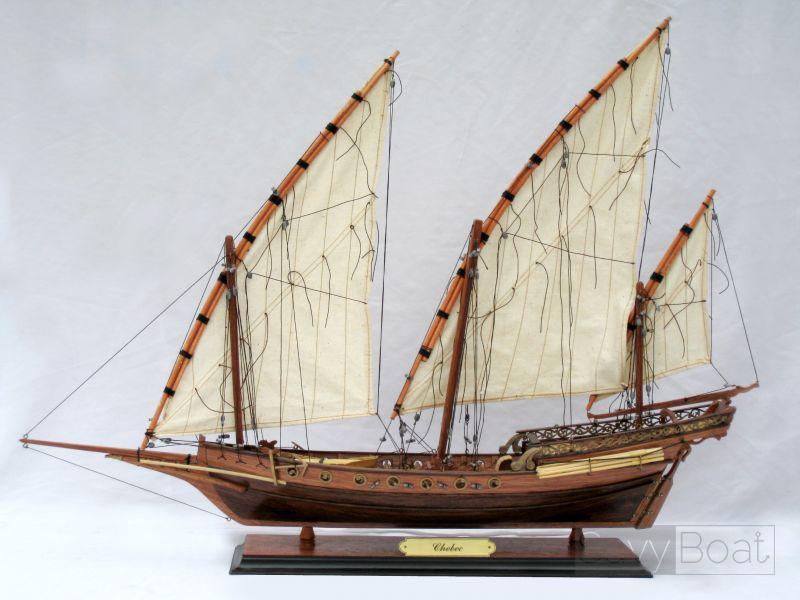
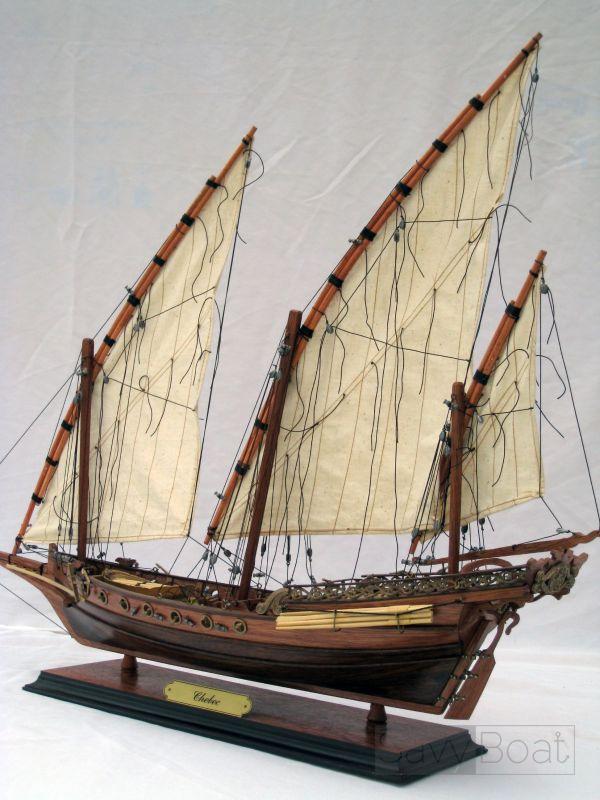
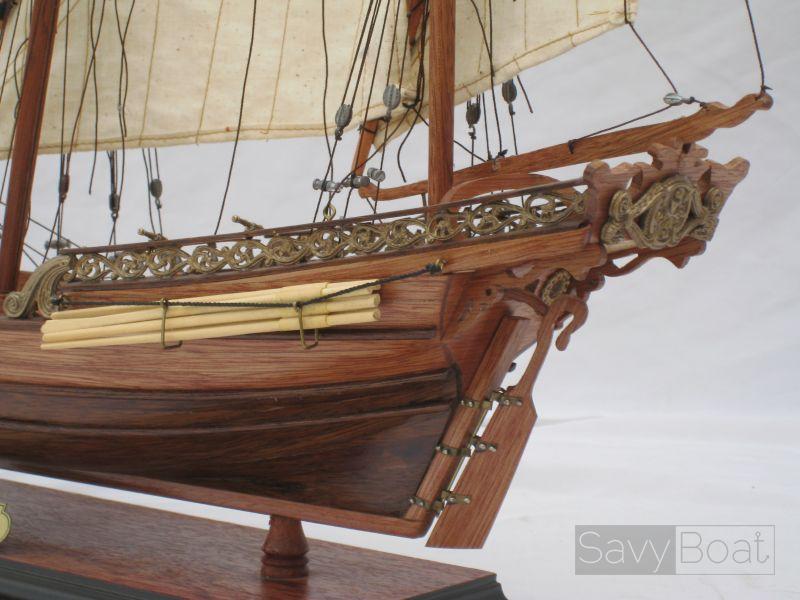
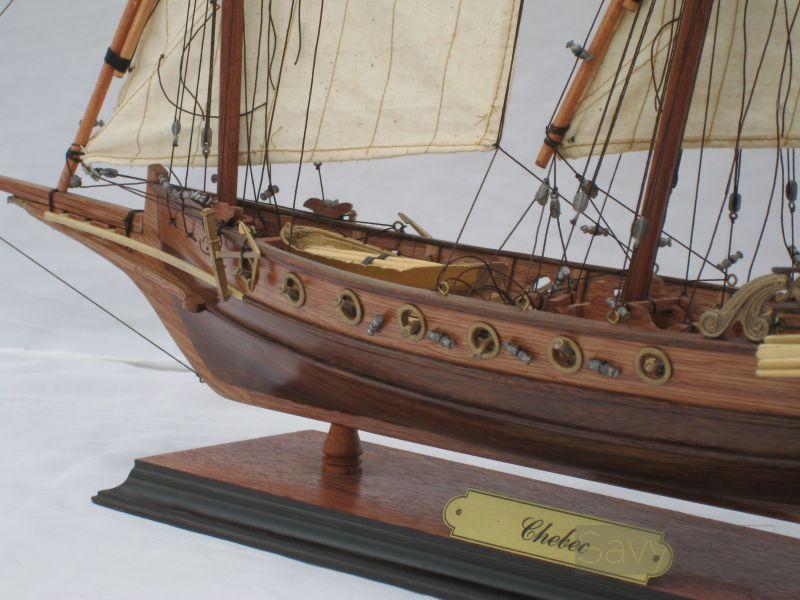
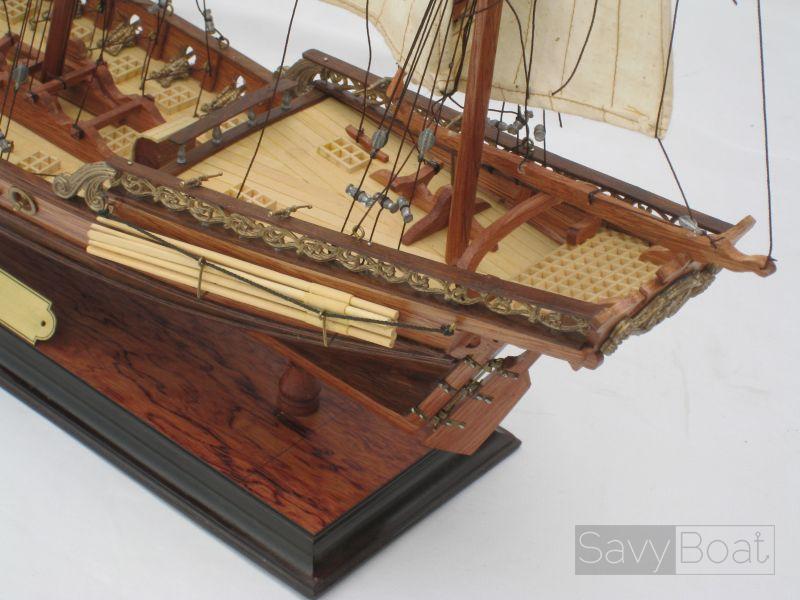
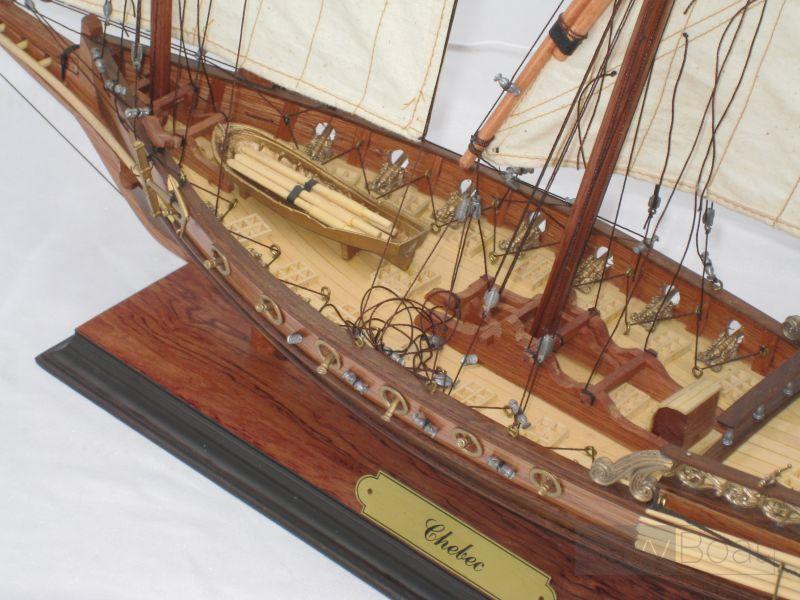
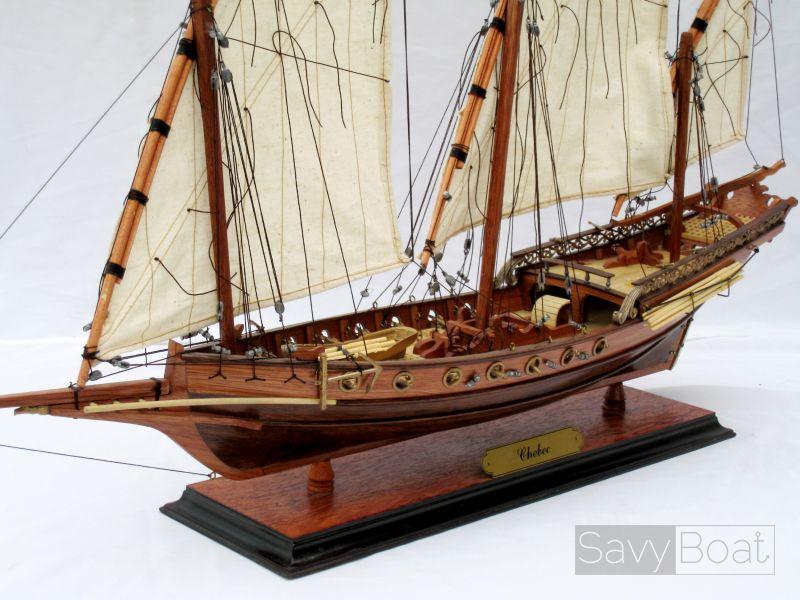
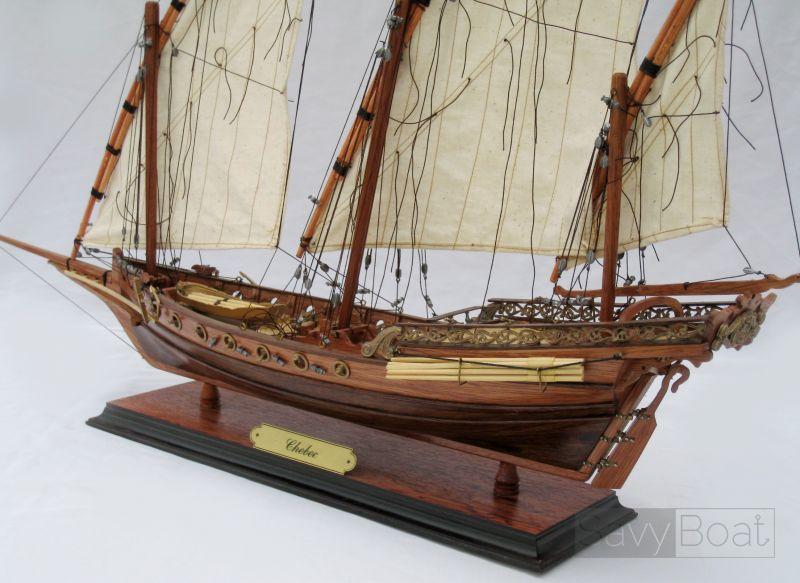
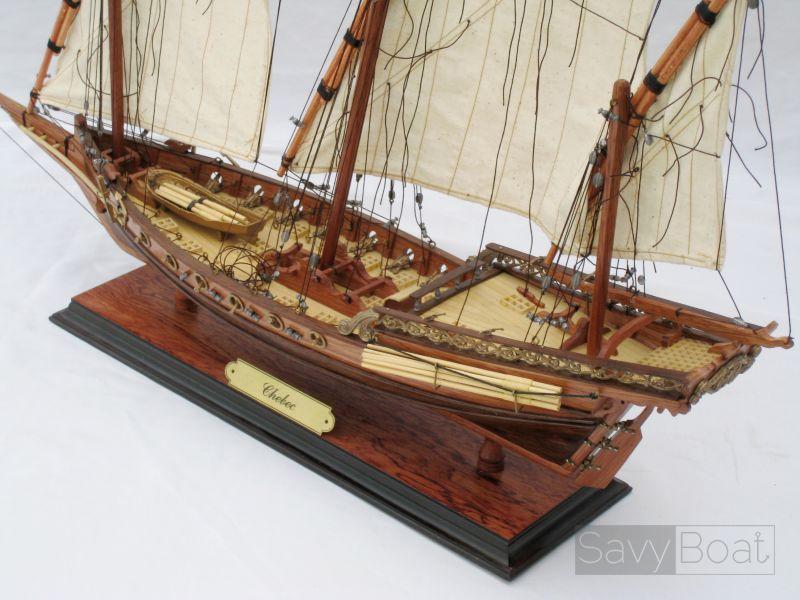
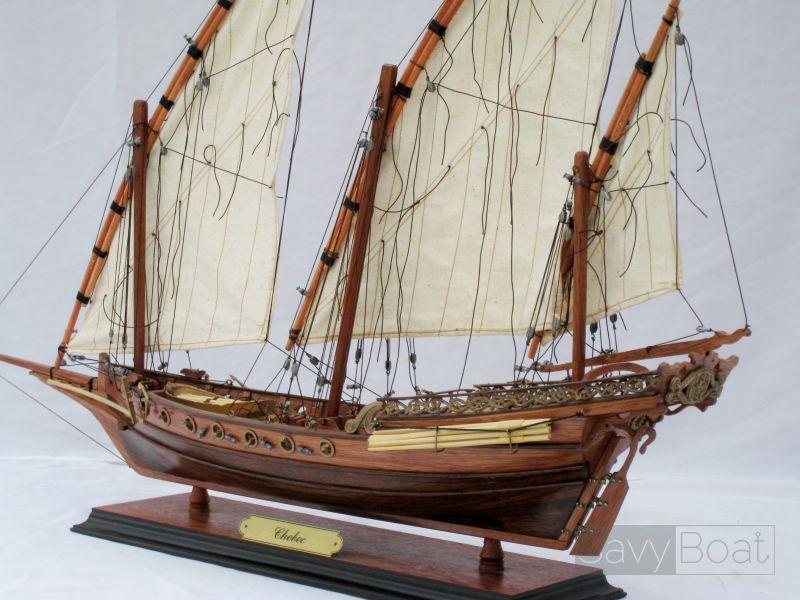
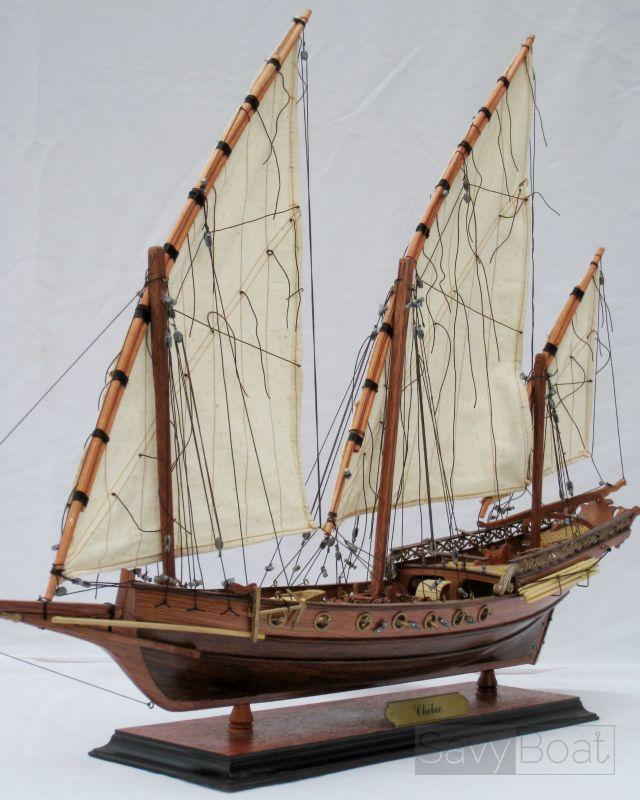
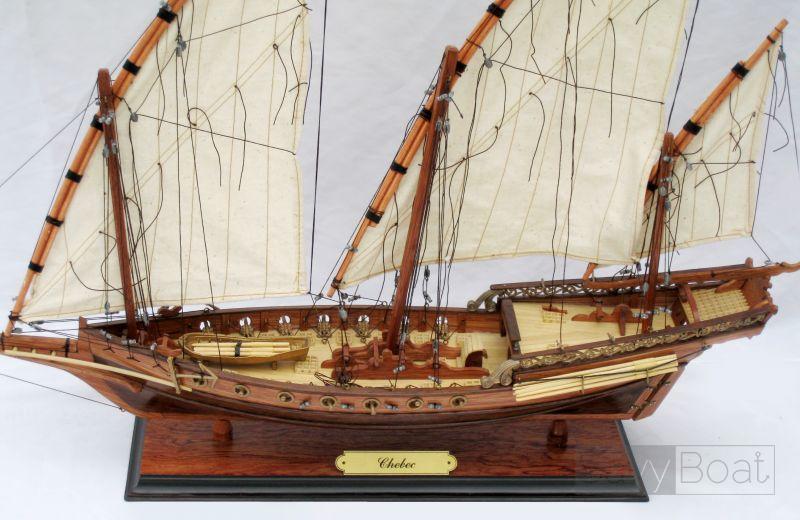
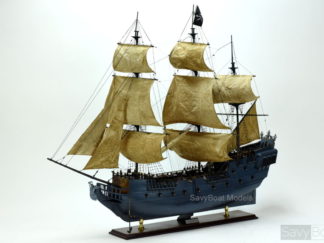
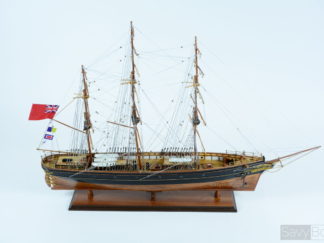
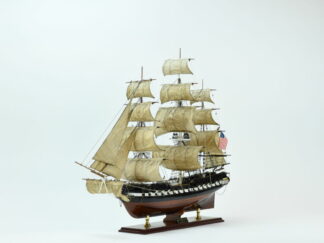
Reviews
There are no reviews yet.